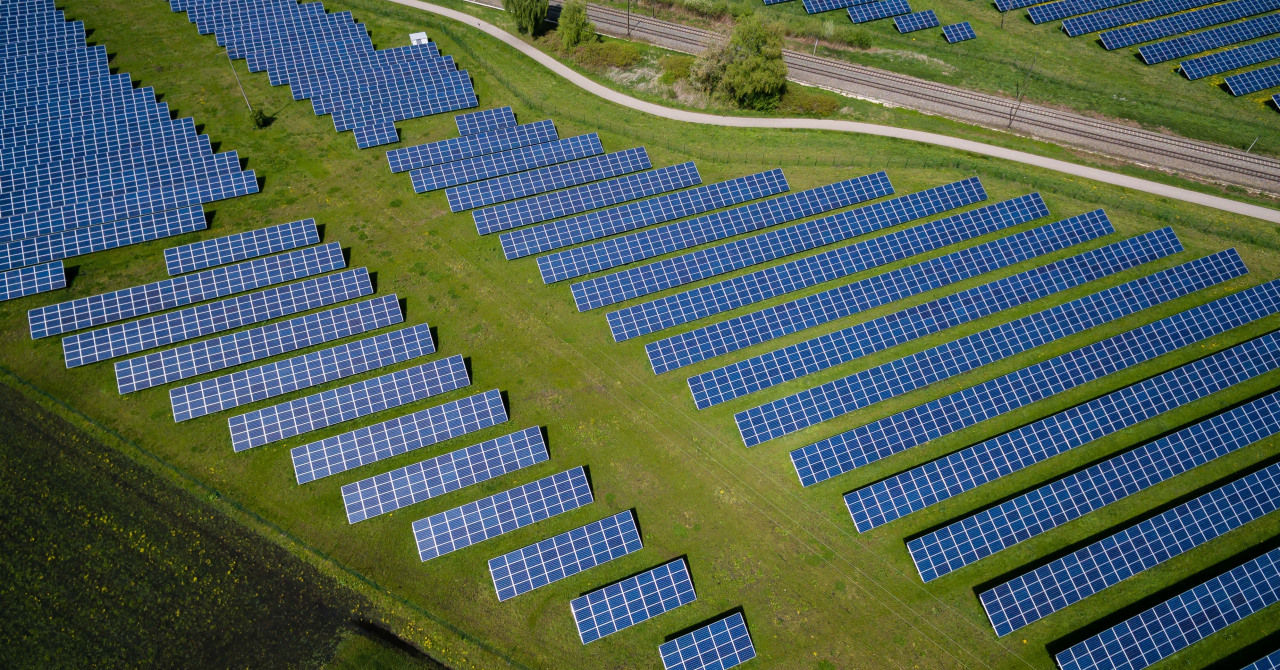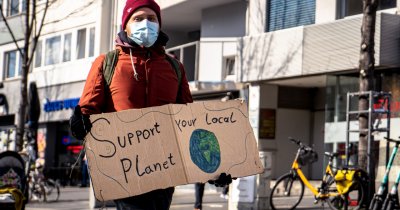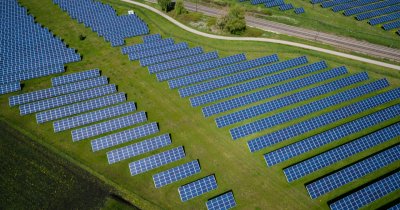According to CleanTehnica, last year in November, the country saw a split between power sources of 90% for renewables and 10% for traditional power sources.
Solar and wind power were the most dominant renewable source for the USA in 2021, with 12.804 megawatts of power coming from large solar installations and 10.754 MW from wind power.
Natural gas power, which is essentially fossil-fuel powered energy came in third at 5.489 MW, with the fourth place taken by small solar installations, at 4.662 MW.
However, if we look at the whole picture, it is clear that renewable sources have yet to fully replace or even surpass fossil-fuel alternatives with regards to total power share.
In fact, as far as total power share is concerned, renewables account for 26% of total energy consumption, 2% better than in 2020.
For the whole year, natural gas power accounted for nearly 550 gigawatts of power, while coal power accounted for 230 gigawatts.
By comparison, wind accounted for 133 GW, water for a little over 101 GW and large solar, for 67.78 GW.
On the other hand, CNBC reports that Europe managed to install 17.4 GW of wind power in 2021, according to figures coming from WindEurope, an 18% increase compared to 2020.
The Brussels-based organization said that the effort was not enough, however, given the energy demand and climate goals.
The European Union, which consists of 27 countries, installed 11 gigawatts of wind power in 2021, which is way less than what WindEurope required in order to meet the climate goals.
Giles Dickson, CEO at WindEurope, said that "to reach its 40% renewable energy target for 2030, the EU needs to build 30 GW of new wind a year."
The EU wants to reduce greenhouse gas emissions by 55% until the next decade, and when it comes to renewable energy share of total power, the bloc agreed to raise the share of clean energy sources from 32% by 2030, to 40%.
WindEurope says that the biggest bottleneck in the installation of new renewable farms is permitting, which is "the main bottleneck."
As far as solar energy installed in Europe goes, en:former reports that 25.9 GW of new solar power was installed in Europe in 2021, up by 34% compared to the previous year.
Germany came out on top with 5.3 GW, followed by Spain, with 3.8 GW, the Netherlands with 3.3 GW and Poland with 3.2 GW.
Now the EU's total solar power share accounts for nearly 165 GW of power.
It's good to see more countries adopt clean energy sources and expanding on the use of renewable energy, which is a requirement in order to achieve our net zero climate goals for the next decades, which should mean a healthier future for the next generations.
 Mihai - Cristian Ioniță
Mihai - Cristian Ioniță












Any thoughts?